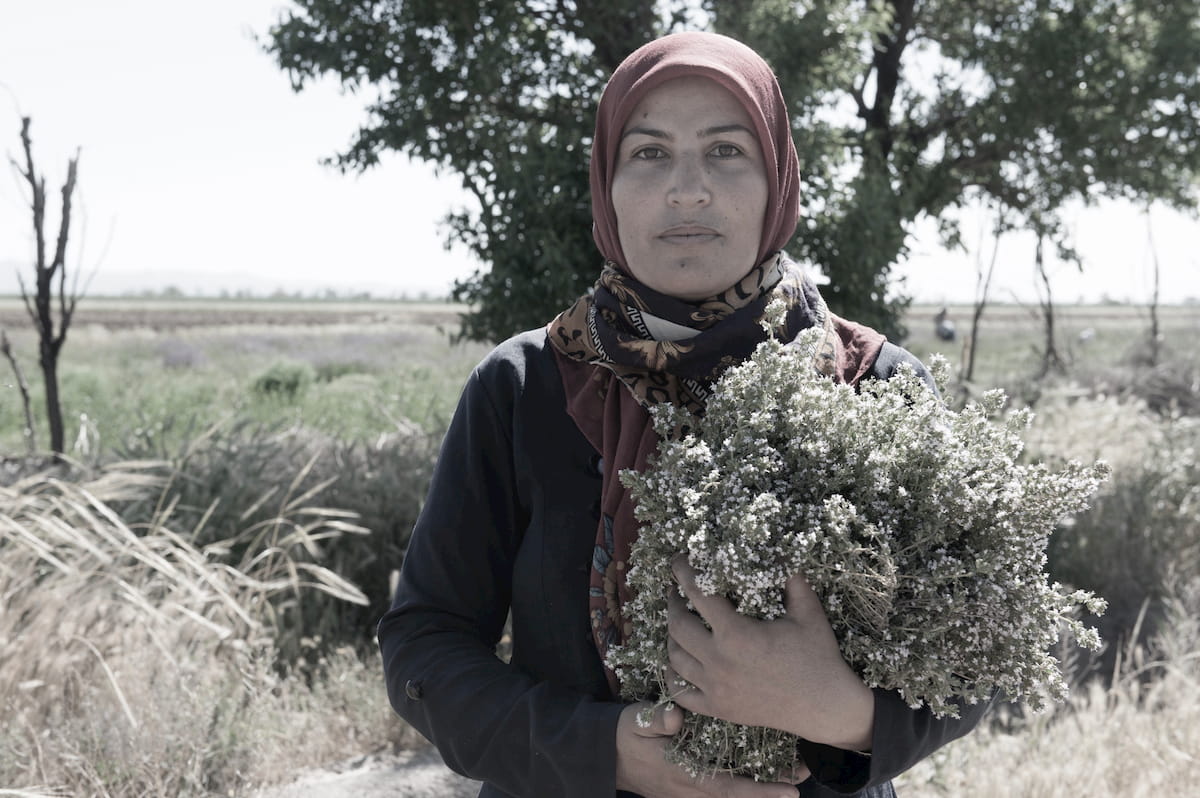
Advices
How to make herbal infusion?

Pouring boiling water over one jam spoon of dried herbs (please refer to posology of each herb) in a cup, and covering it with a lid (keeping the steam and volatile oil from escaping) for 5 -10 minutes, straining the spent herb, and serving. The infusion can be used at room temperature or it can be refrigerated up to 24 hours.
How to make decoction?
Pouring the required amount of herb (please refer to posology of each herb) in cold water, bringing to boil, keeping covered, simmering for about 20 minutes, straining and serving. It can be refrigerated up to 48 hours.
How to make the hebal-infused oil powered by the sun and herbal vinegar?
Filling a preserving jar with dried flowers, and leaves, covering with an organic base oil (like olive oil), making sure of covering all of the herbs with the oil, leaving in the sun for about three weeks, mixing by turning it upside down every day, filtering the oil using a cheescloth, and keeping in cool, dry and dark place. Making herbal vinegar is the same except that there is no need for sunlight.
How to prepare a compress?
Make an infusion or decoction (see above), and strain it. Soak a clean cloth in the lotion and wring it out. Place the compress against the affected area and fix it up to 1-2 hours for pain and swelling. If the compress is hot, re-apply it when it cools and if it is cool, re-apply it when it dries.
Phytotherapy
Why medicinal plants? The history of using medicinal plants for pain relieving goes back to the first century AD and earlier. Medicinal plants are natural, excellent, and well adapted to our physiology. A plant always contains several components that are amazing in synergy for giving an exceptional therapeutic effect. They have less side effect, specially in chronic diseases in comparison with conventional medications. As they are diluted (infusion, decoction, etc.), they can be absorbed in our body more effectively.
Warning
Although the medicinal plants are natural, this does not mean that they are less important than chemical drugs which usually cause side effects. Thus, we need to know about the cautions and posology of each plant. Attention should be paid to the recommended dosage (please refer to posology part)) for each herb. Extended or excessive use of them can cause undesired symptoms. We are not physicians and no responsibility is accepted by Pak Guiah Biofor any incorrect and inappropriate usage of plants.
Cautions for interactions
For the persons who take the synthetic chemical medications, the interactions between the chemical medications and medicinal plants should be consulted with the physician.
Cautions for allergic people
Cautions for allergic people: Allergic people can start a given plant with small dose. If no allergic reaction is observed, they can continue using by increasing the dose to the normal level. Otherwise, using the plant should be avoided immediately.
When do we need to take the medicinal plants?
The effect of using a medicinal plant can be seen 3-4 days after starting. It would be better to take it half an hour before the mealtime (breakfast, lunch, or dinner). A given dose can be divided into 2-3 times per day (before breakfast, before lunch, or before dinner). For digestive plants, they can be taken half an hour after mealtime.
How can we evaluate a plant?
Scent, color, and shape of the plant are of prime importance. Beside of them, if a given plant is suggested to be a hypnotic one like lavender, thus if it does not have the expected effect, maybe it is not a good one. It is better to purchase the plants from a trustable provider.
The price of medicinal plant
There is a correlation between the quality and its price. If very low price is suggested, then maybe it not the good one or maybe it is expired. It is better to do not hesitate asking about the quality of the plant from the producer. Obviously plants cultivated in organic way, are preferred as they do not contain the residues of chemical products and protect our planet. Moreover, it would be a protection against abusing our natural resources of medicinal plants. In the following, the list of our products is given along with a summary of their medicinal properties, their posology, and the probable cautions [McVicar 2007, Zargari 2011, Khalighi -Sigaroudi et al. 2013, Mozaffarian 2015].